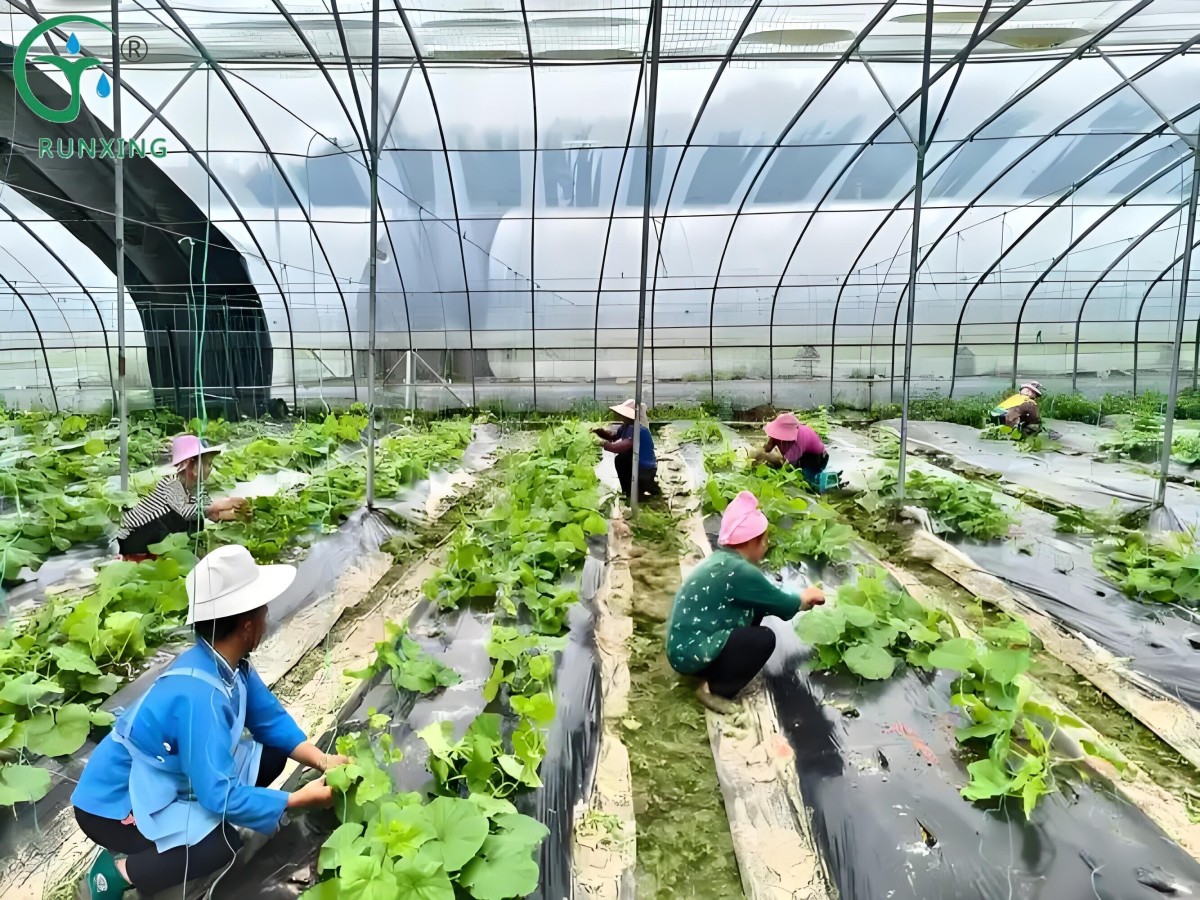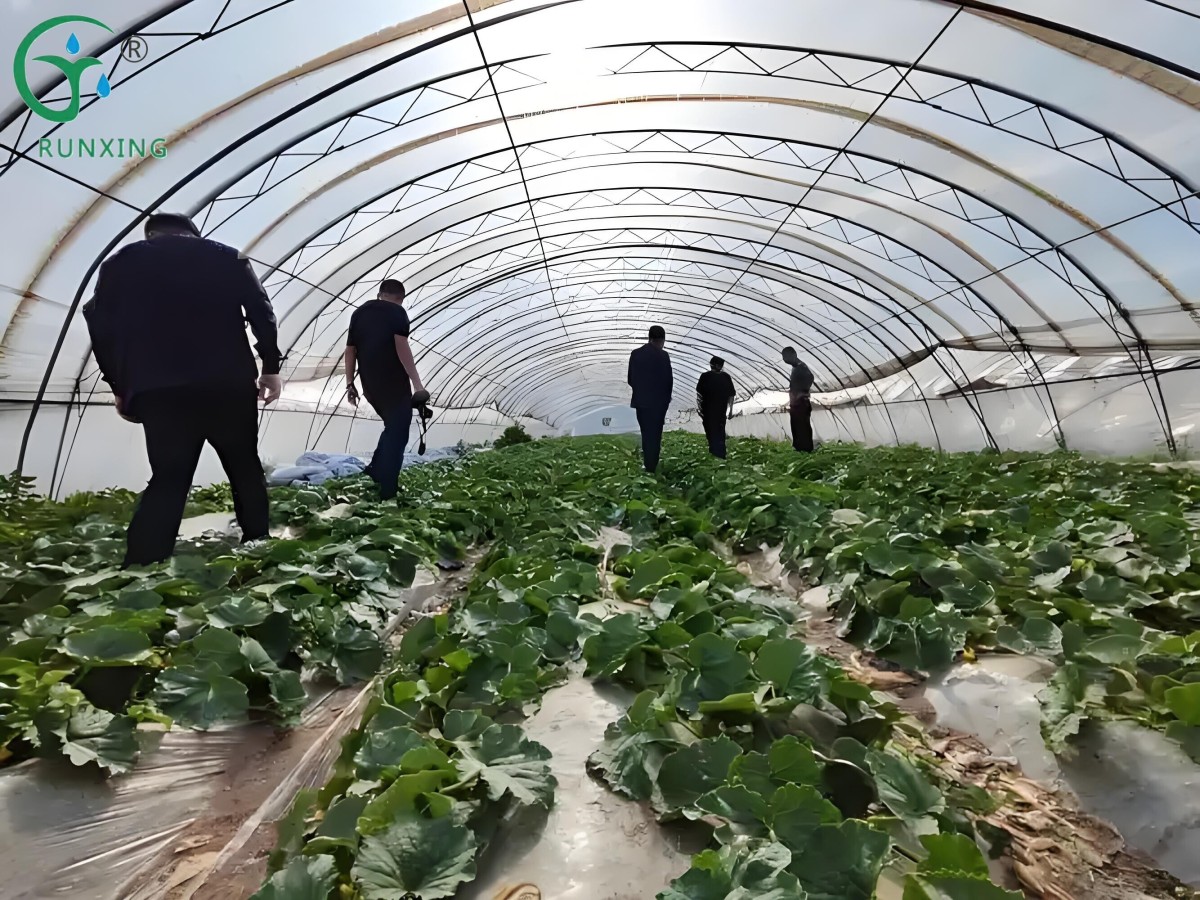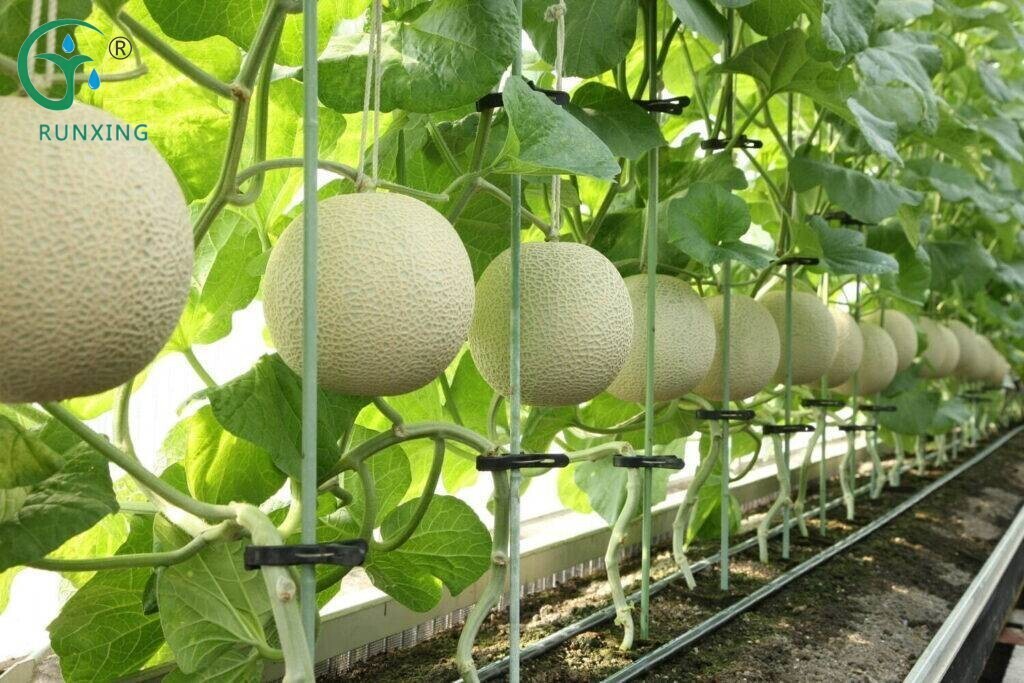Brazilian Melon Cultivation Science: The Importance of Drip Irrigation Systems and Implementation Details
In Brazil, a tropical country, melon, as a popular fruit, has stringent requirements for water management during cultivation. This article will delve into whether drip irrigation systems are necessary for melon cultivation in Brazil, as well as the required drip irrigation equipment, installation methods, water usage control, cultivation tips, and more, aiding growers in better understanding and implementing scientific irrigation management.

I. Is Drip Irrigation Necessary for Melon Cultivation in Brazil?
The answer is yes. Melon roots are developed and have strong water absorption capacity, but they are also high water-consuming crops, especially during vine elongation and fruit expansion stages, when water demand increases significantly. Additionally, melon roots are very sensitive to waterlogging, and excessive water can lead to root suffocation. Therefore, using drip irrigation systems for precise irrigation can not only meet the water needs of melon growth but also avoid water waste and disease occurrence, which is crucial for increasing melon yield and quality.
II. What Drip Irrigation Equipment is Needed?
Drip irrigation systems mainly consist of the following components:
- Water Source: Organic well water, settlement ponds, etc., which require initial sand removal treatment and maintain appropriate pressure.
- Head Equipment: Including fertilizer valves, fertilizer tanks, filters, and water distribution accessories for controlling water sources, fertilizing, and filtering.
- Water Transmission Pipelines: Require a working pressure of more than 0.2 MPa and possess anti-aging properties.
- Drip Tubes: Mainly include double-hole single-wall drip (flexible drip tubing) and inline drip irrigation tubing suitable for greenhouse melon cultivation. The former has lower costs, while the latter provides more uniform water distribution.

III. How to Lay Out and Install Drip Irrigation Equipment?
- Planning Layout: Based on the size and shape of the melon cultivation area, plan the layout of the drip irrigation system.
- Laying Pipelines: Lay water transmission pipelines to the melon cultivation area and install water distribution accessories at appropriate locations.
- Installing Drip Tubes: Lay drip tubes on small ridges with the water outlets facing upwards, perpendicular to the ridge direction in the greenhouse middle or at the ends.
- Connecting Equipment: Install fertilizer applicators on lateral pipes and connect transparent plastic tubes for observing water levels to prevent excessive operating pressure in drip tubes.
- Commissioning: Turn on the water tap for commissioning, check the water flow from each outlet, and unplug any blocked outlets by gently tapping with a finger.
IV. How Much Water is Needed and How to Control It?
Melon daily water requirements vary by season, variety, and growth stage, typically ranging from 2 to 4 liters per day. Specific control methods are as follows:
- Reasonably Determine Watering Amount: Based on melon daily water requirements and local climatic conditions, reasonably determine each watering amount.
- Control Watering Time: Water preferably in the morning or evening, avoiding watering during midday when sunlight is intense.
- Use Soil Moisture Tension Meters: Install soil moisture tension meters in the soil to observe soil moisture tension values at different times as indicators for watering.
- Drip Irrigation Management: Drip irrigation systems can precisely control water volume. Irrigation can be terminated when soil moisture content near the roots reaches about 90% of soil relative moisture content.
V. How to Better Cultivate Melons?
In addition to scientific irrigation management, the following cultivation tips also contribute to improving melon yield and quality:
- Select High-Quality Varieties: Choose varieties with strong disease resistance, good quality, distinctive appearance, and flavor.
- Reasonable Plant Density: Determine planting density based on melon growth characteristics and cultivation area size.
- Temperature Regulation: Reasonably regulate greenhouse temperature according to different growth stages' needs.
- Fertilization Management: Focus on base fertilizer application, with topdressing mainly consisting of quick-acting phosphorus and potassium fertilizers. Use the siphon principle for fertilization, applying fertilizer with irrigation water.
- Pest and Disease Control: Strengthen greenhouse environmental regulation, timely prune vines, guide vines, remove old leaves, and pick up damaged flowers and fruits to enhance ventilation and light transmission. Use insect-proof nets and pesticides for pest and disease control.

In summary, adopting drip irrigation systems for precise irrigation is crucial during Brazilian melon cultivation. By reasonably selecting drip irrigation equipment, scientifically laying out and installing, precisely controlling water usage, and implementing effective cultivation tips, one can significantly enhance melon production and quality.
If you have any needs, please contact us.
About Us
We are dedicated to offering innovative, water-saving, and labor-saving irrigation solutions for agriculture worldwide. Our focus on quality and continuous innovation drives the development and progress of the industry
LOGO
This stunning beach house property is a true oasis, nestled in a serene coastal community with direct access to the beach.
Opening Hours
Monday - Friday : 9AM to 5PM
Sunday: Closed
Closed during holidays
Contact
+18888888888
hezuo@eyingbao.com123 West Street, Melbourne Victoria 3000 Australia
